Resilience of the Amazon Rainforest creates windows of opportunities for passive regeneration
sexta-feira, julho 29, 2022
In an interval of approximately 32 years, from 1988 to 2020, 457,474 km2 were deforested in the Brazilian Amazon – an area much larger than that of Italy and almost equal to that of Spain. And the pace of deforestation, which had slowed, has grown again in the last four years – especially in 2022.
An auspicious data in this scenario is that 120,000 km² of deforested area, mainly destined to the formation of pastures and then abandoned, regenerated passively, through natural processes.
While deforestation and the degradation of the remaining areas need to be urgently stopped, the forest offers resilience windows that can be used intelligently to promote regeneration. The article "Seizing resilience windows to foster passive recovery in the forest-water interface in Amazonian lands", recently published in the journal Science of The Total Environment, provided substantial information to this effect.
"There are currently many areas under passive regeneration in the Amazon. And in the region we studied, located in the municipality of Paragominas, in the State of Pará, the forest located on stream shores recovered structural attributes [density of individuals and canopy] from 12 years, while the recovery of the basal area occurred in 18 years", says the FAPESP Agency researcher Felipe Rossetti de Paula, postdoctoral fellow of the Luiz de Queiroz School of Agriculture of the University of São Paulo (Esalq-USP) and first author of the study.
Rossetti de Paula points out that most of these regenerating areas are located on the borders of water bodies, commonly known as riparian zones or riparian zones. "The importance of having forests in riparian areas is due to the fact that stream ecosystems are narrow and, therefore, almost completely covered by the canopy. Thus, the food resources that sustain the basis of the food chain in these watercourses come from leaves, fruits and insects that fall into the liquid medium and are decomposed and used by microorganisms, later consumed by aquatic invertebrates, which will later serve as food for fish", he says.
This sequence characterizes streams as predominantly heterotrophic systems – that is, they depend on external resources. When riparian forests are deforested, the canopy is eliminated, and, together with it, the organic contributions that maintain the heterotrophy of the system. This then becomes autotrophic, having to generate its own energy source to support the food chain.
At this point, the role of decomposer fungi in the food chain is replaced by photosynthesizing organisms such as algae, microalgae and aquatic plants, which use sunlight to produce their food and then consumed by aquatic invertebrates and so on. In this condition, increases in light levels and temperatures in the system can also cause the exaggerated growth of microalgae, increasing the turbidity of water and making it less conducive to the consumption of local populations. In addition, recent studies have shown that high water temperatures have slowed the growth of native fish species, less tolerant to this condition.
"With the regeneration of the riparian forest, the canopy is recovered, and with it, the supply of organic material and the control of the entry of light into the aquatic ecosystem. The system as a whole returns to heterotrophic status," rossetti de Paula summarizes.
The researcher also emphasizes that large trees that fall into streams have highly relevant ecological functions, such as offering shelters for fish within cavities, providing food and fixing sites for aquatic invertebrates, and, most importantly, damming the flow of water, creating small natural pools that are places of reduced flow and retention of organic material and nutrients.
"Without these wells, the availability of food resources and nutrients is reduced as they tend to be transported more quickly by the flow of water. Such pools are also important habitats for fish that use the water column to swim, such as lambaris," rossetti de Paula says.
Therefore, deforestation in riparian areas also eliminates the intake of trees in streams, and consequently all their functions within the aquatic ecosystem. And even with the advance of regeneration, the recovery of the supply of large trees to the stream is more time consuming than that of the supply of leaves and control of sunlight, because the trees take longer to grow in diameter than to develop the canopy.
"A young forest with small diameter trees will even provide trees for the stream, but the formed wells will be small and temporary, as small trees are more quickly decomposed or more easily loaded by the flow of water," argues the researcher, who stresses the importance of taking advantage of the resilience windows made up of streams that still have large trees that fall in their course.
"Passive regeneration has a virtually zero implantation cost compared to conventional restoration projects, which require tillage, soil recovery, seedling planting and area management so that seedlings do not die. Considering the high resilience still present in the Amazon, the chance of riparian forests recovering is very great", explains Rossetti de Paula.
And it states that many streams still have large fallen trees in their interior, offering shelters and resources for aquatic organisms, which are an important source of biodiversity retention even after deforestation. These opportunities should not be missed.
"If we do not take advantage of the trees still inside the canal, they will be decomposed and lost, and when riparian regeneration begins, there will be a huge gap until the trees grow in diameter and then fall into the creek. In this gap, the stream will be without many of the functions exclusively provided by the trunks, which will lead to local extinctions and loss of biodiversity", ponders the researcher.
Considering the enormous diversity of fish in Amazonian streams, it is essential to protect these highly biodiverse ecosystems and also offer ecosystem services to local populations. In this sense, one should make the most of the enormous potential for passive regeneration of these forests and the large trunks still present in the stream to accelerate regeneration at a low cost and with many environmental gains.
Rossetti de Paula points out that in other areas, such as those in the State of São Paulo, passive regeneration may not be as efficient as that of the Amazon, due to the long history of deforestation and degradation that possibly exhausted the sources of natural regeneration in the area.
"In some areas that we studied in the State of São Paulo, such as the Corumbataí River Basin and the Experimental Station of Forest Sciences in Itatinga, we found riparian forests approximately 32 years old, presenting diameter values of trees much lower than those of the oldest regenerated forests of our study in the Amazon," he says.
It is also worth mentioning that most riparian forests under regeneration are located in rural properties and surrounded by agricultural activities. These can act as sources of disturbance, which slow down or eventually prevent regeneration.
For the initial quantification of the regeneration age, the study initially used a regeneration map provided by the Institute of Man and environment of the Amazon (Imazon), from satellite images with 30 meters of resolution, corresponding to the period from 1988 to 2010. Subsequently, the periodization was expanded until 1984, with images available on the Google Engine Timelapse platform. "In addition to expanding periodization, this allowed a better quantification of the age of regeneration and also of the time when the area remained under pastures before the beginning of regeneration," rossetti de Paula says.
The study was conducted in Paragominas, in the State of Pará, a municipality that has some important peculiarities. Since its establishment in the 1960s, in the wake of the construction of the Belém-Brasília highway, it has been the scene of intense deforestation, mainly for logging and pasture implantation. However, many areas quickly became unproductive and eventually abandoned, which initiated the process of passive regeneration. In addition, Paragominas has recently embarked on sustainable initiatives, such as that of green municipalities, which have also contributed to natural regeneration.
"An important fact of our study was that it focused on a region more distant from the headquarters of the municipality of Paragominas, within a huge forest area under sustainable management, which also helped the process of passive regeneration, since the proximity of the surrounding forests increases the sources of regeneration," the researcher points out.
Data were collected between 2014 and 2016, during Rossetti de Paula's doctorate at The University of British Columbia in Canada, with the support of FAPESP, under the guidance of Silvio Frosini de Barros Ferraz. In 2018, Rossetti de Paula continued the study with fapesp postdoctoral scholarship.
The article "Seizing resilience windows to foster passive recovery in the forest-water interface in Amazonian lands" can be accessed here.
Source: Um só Planeta










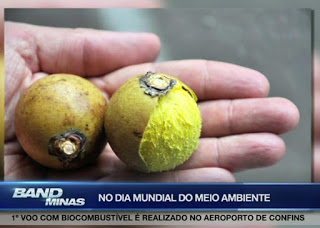
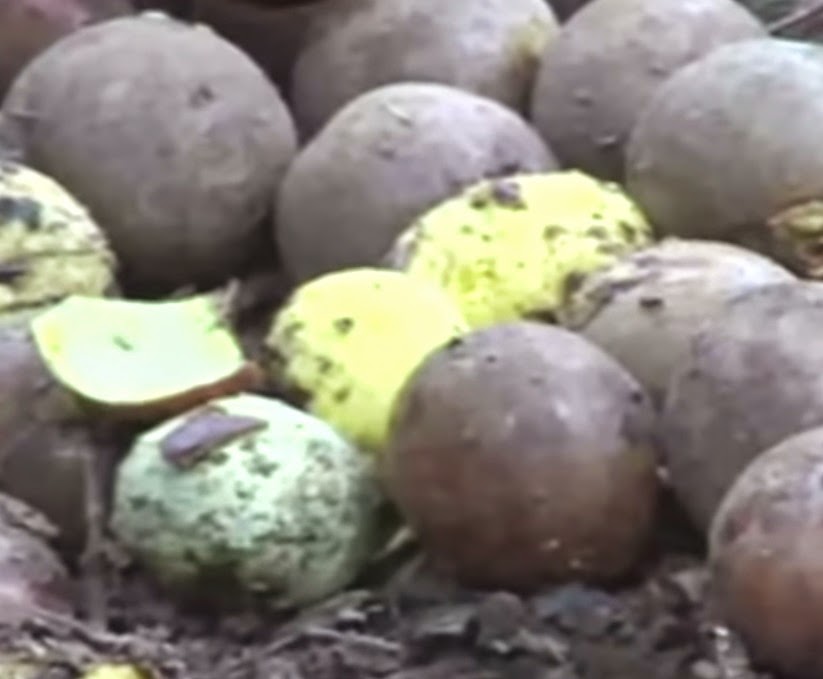
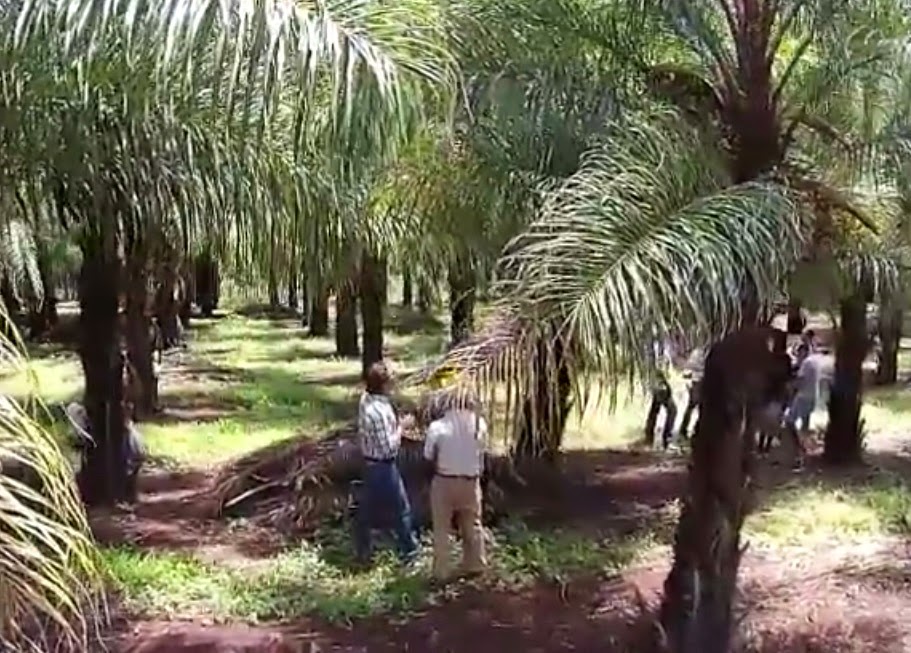

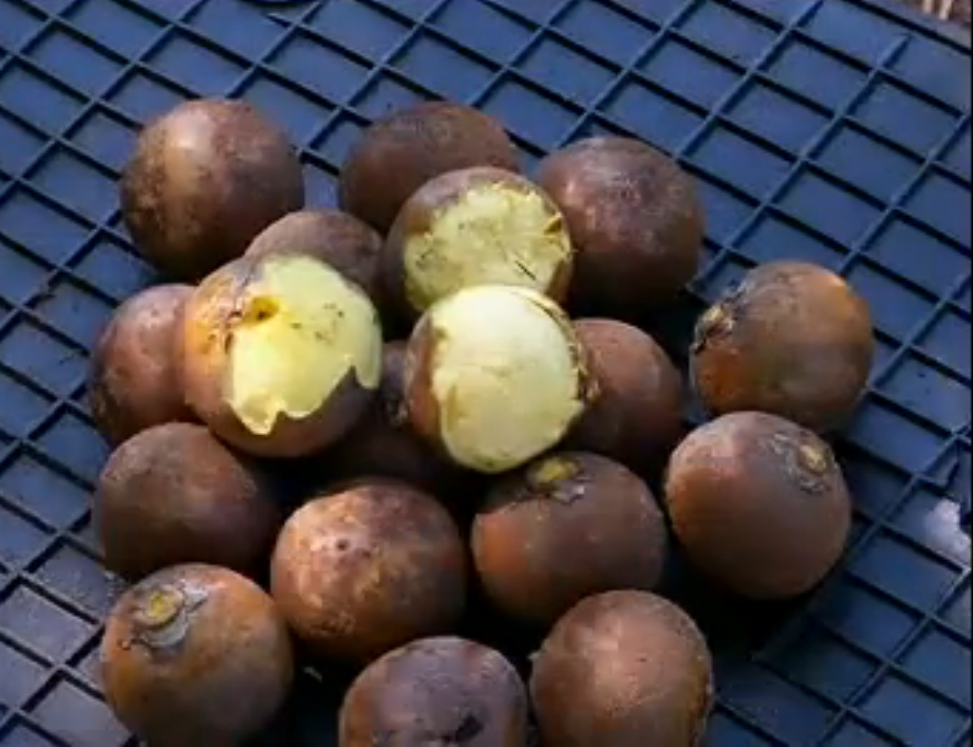
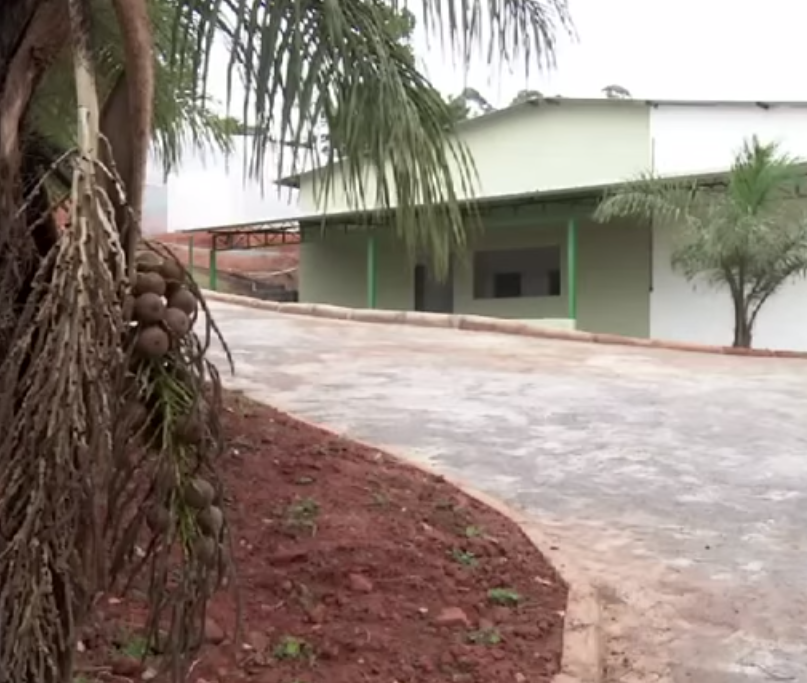
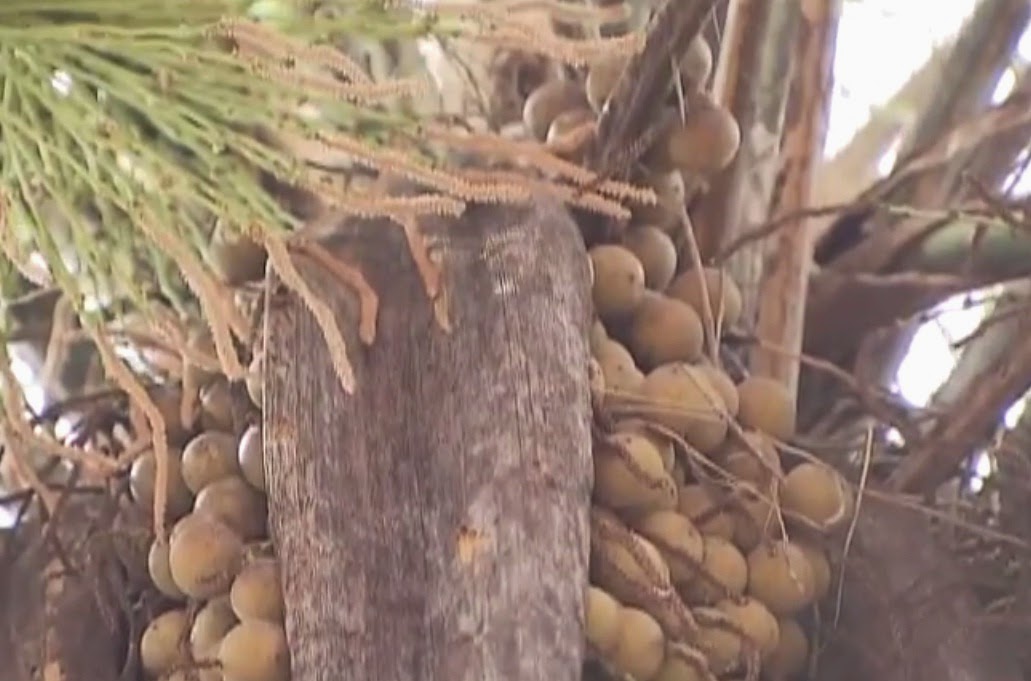
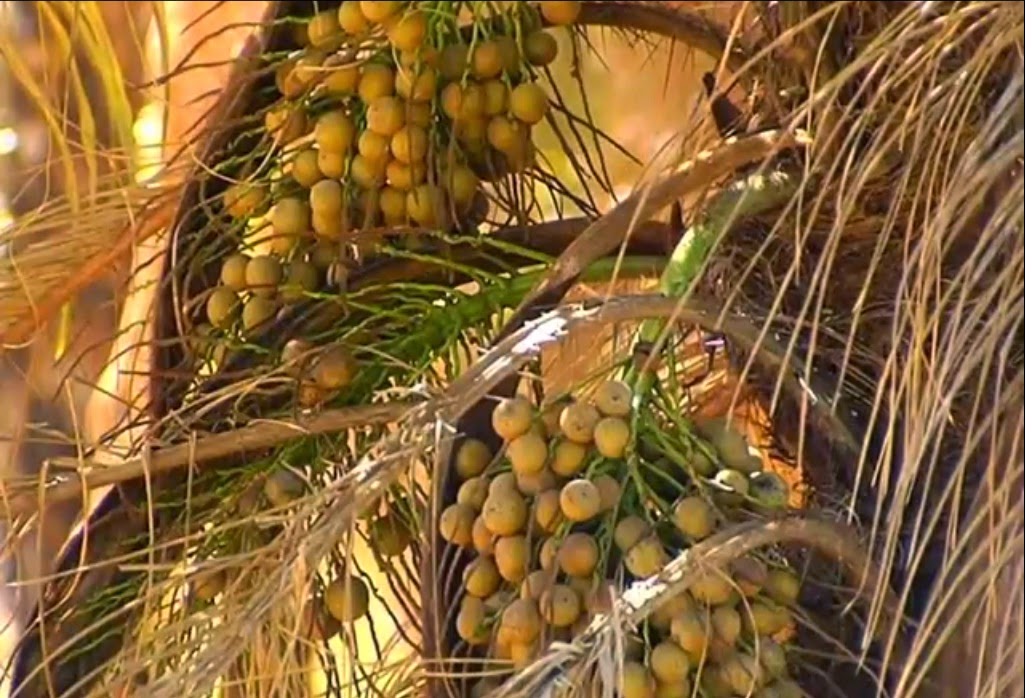

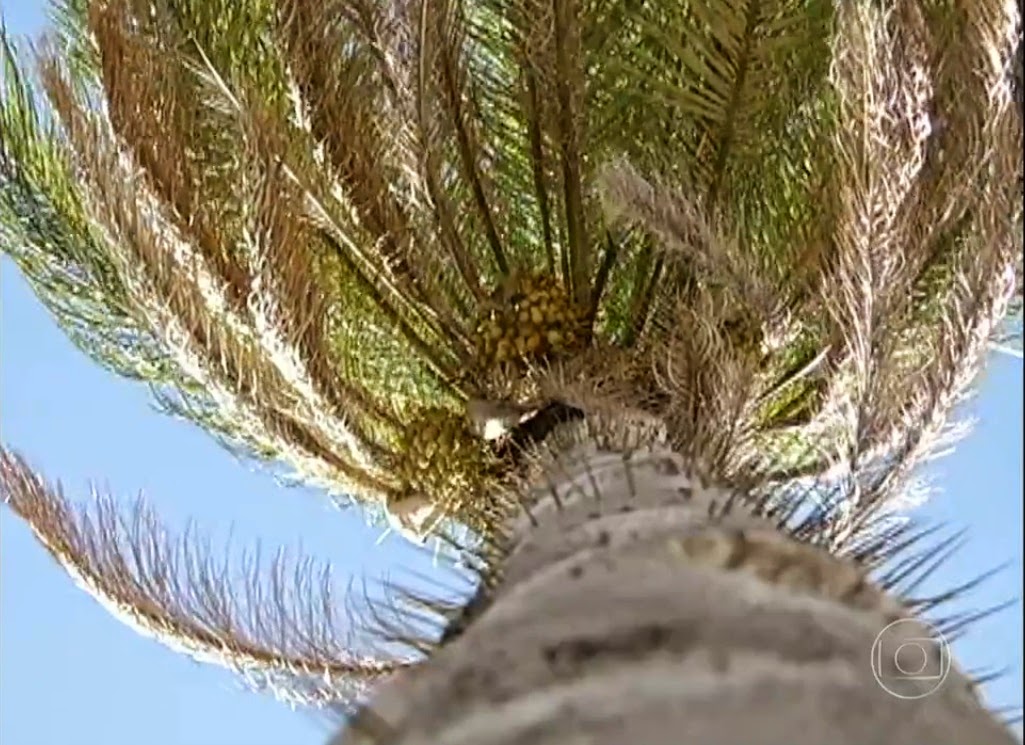

0 comentários
Agradecemos seu comentário! Volte sempre :)